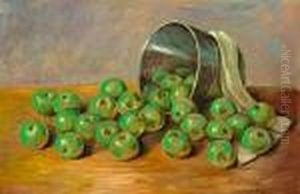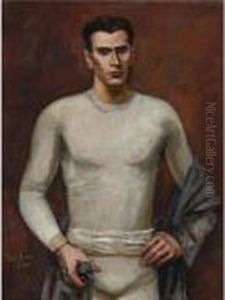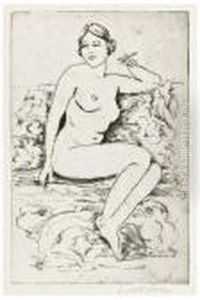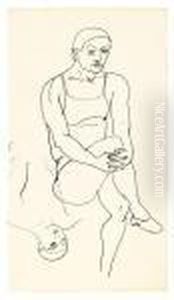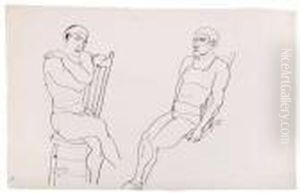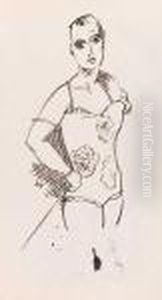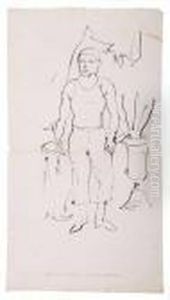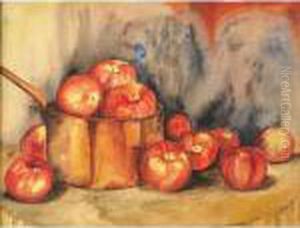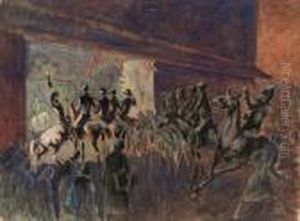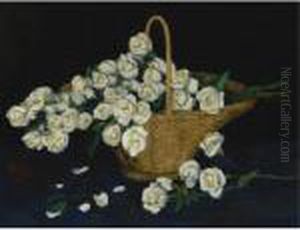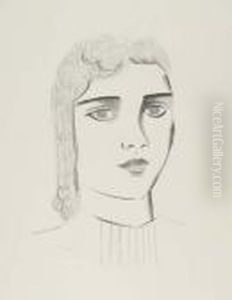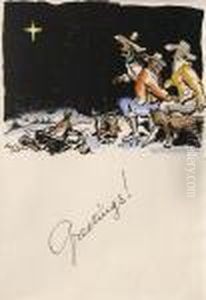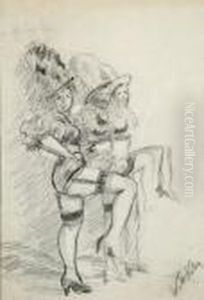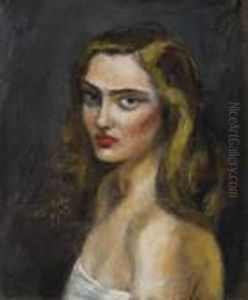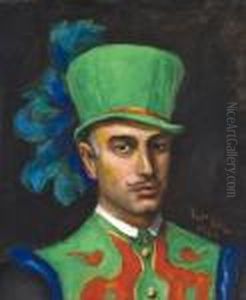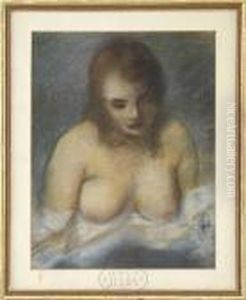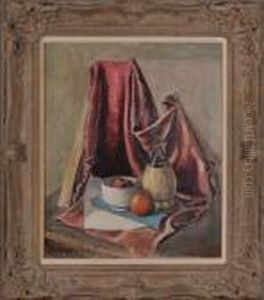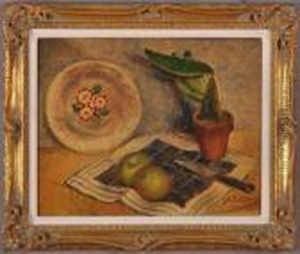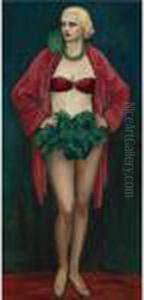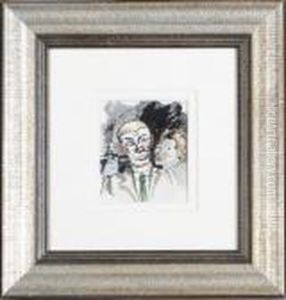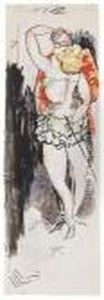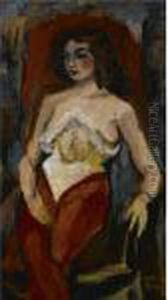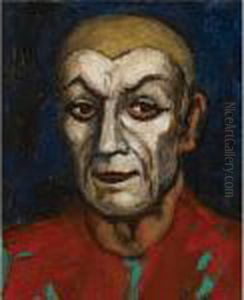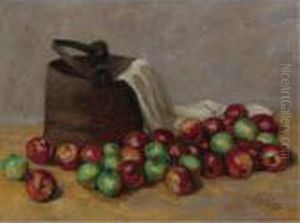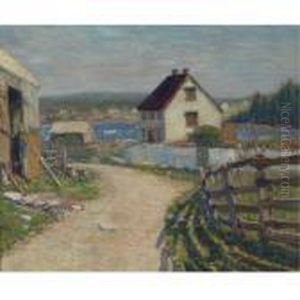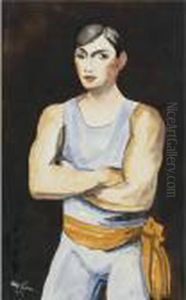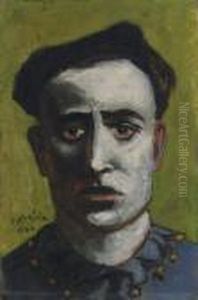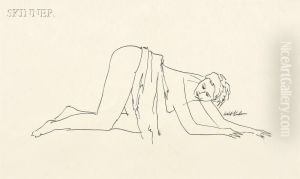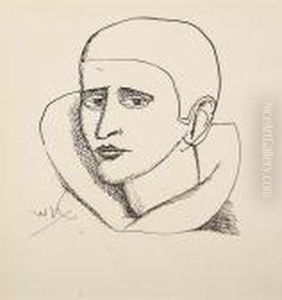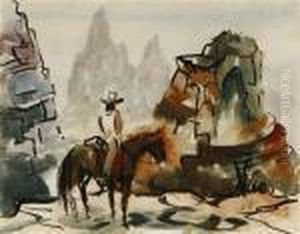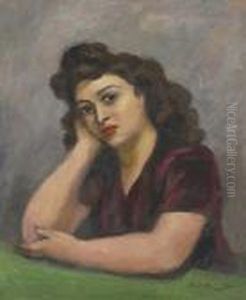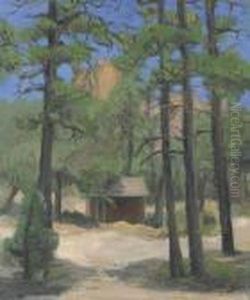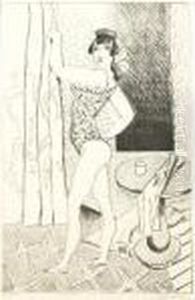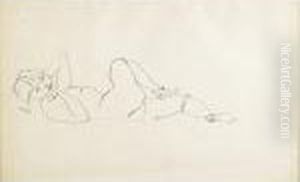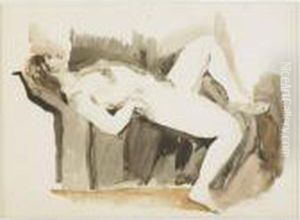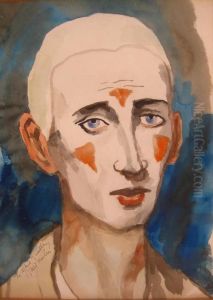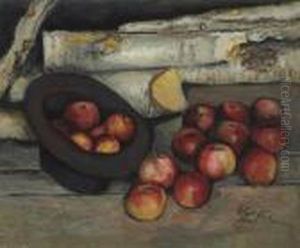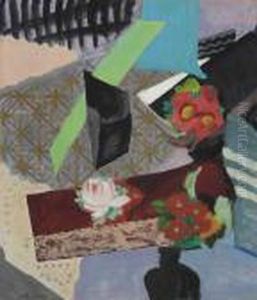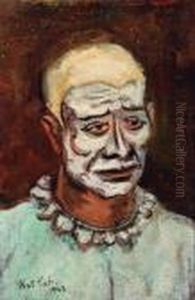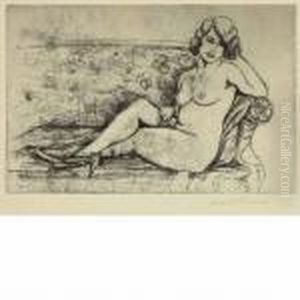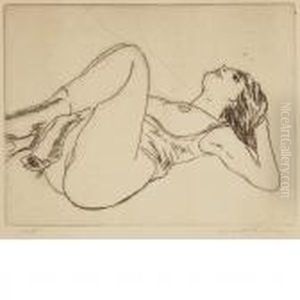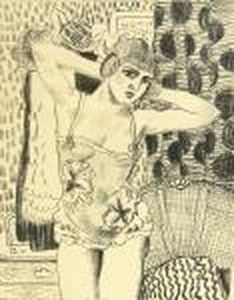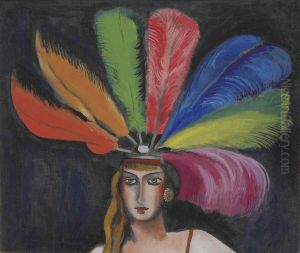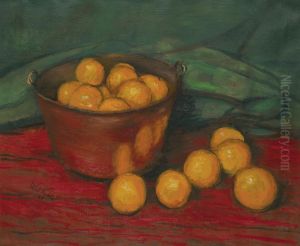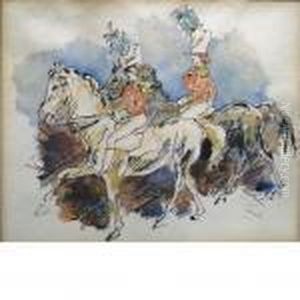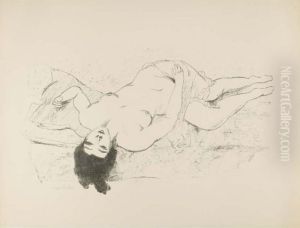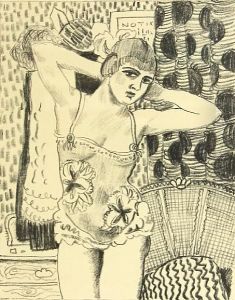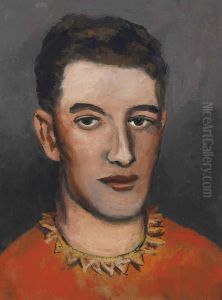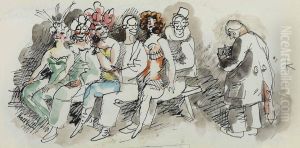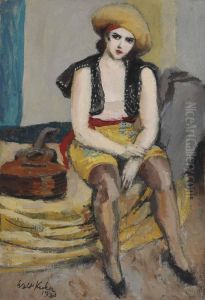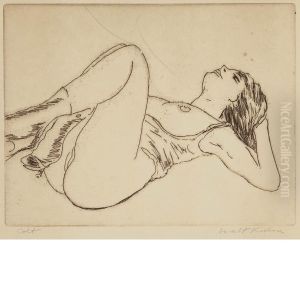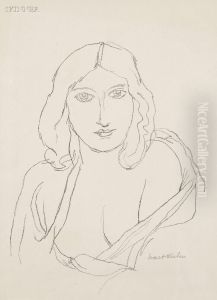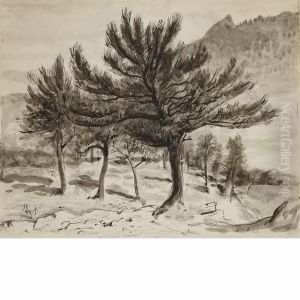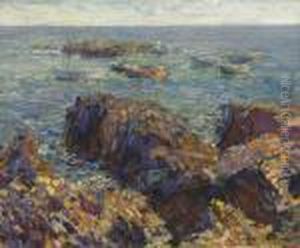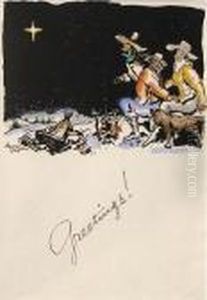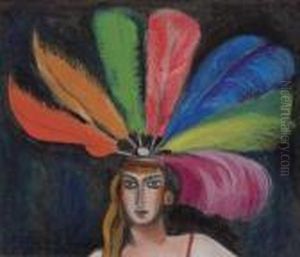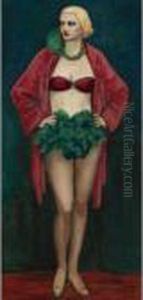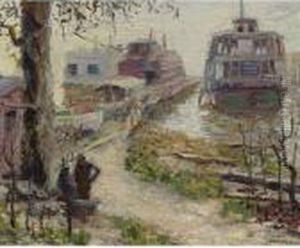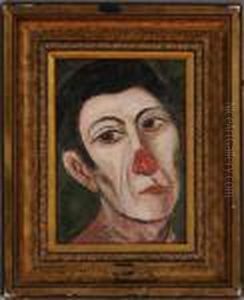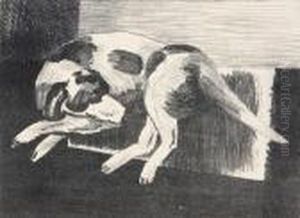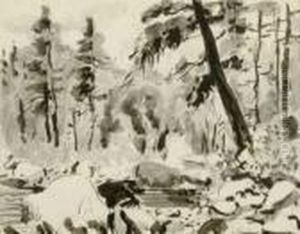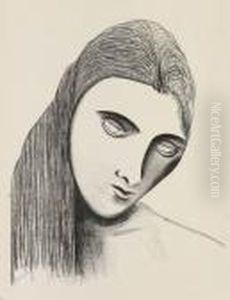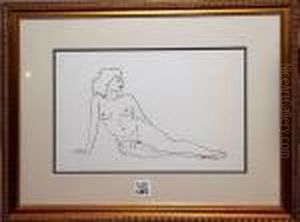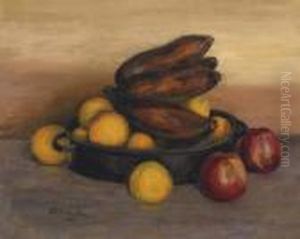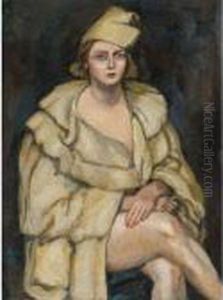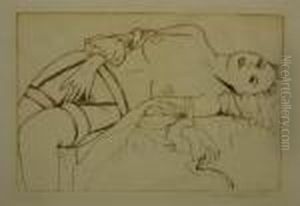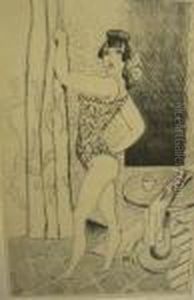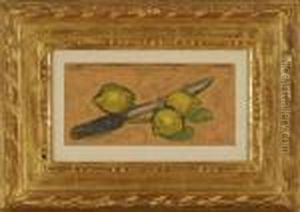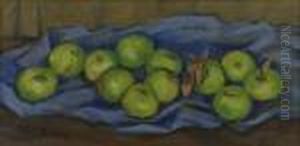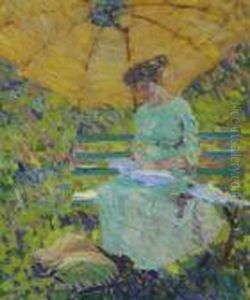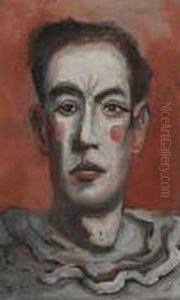Walt Kuhn Paintings
Walt Kuhn was an American painter and an organizer of the famous 1913 Armory Show, which was the first major exhibition of European modern art in the United States. Born on October 27, 1877, in Brooklyn, New York, Kuhn showed an early interest in art and began his career as a cartoonist and illustrator, contributing to magazines and newspapers. However, his aspirations went beyond illustration, and he moved to San Francisco around the turn of the century to pursue painting.
Kuhn traveled extensively in Europe from 1901 to 1903, studying the art scene and attending the Académie Colarossi in Paris for a brief period. These experiences had a significant impact on his artistic development. After returning to the United States, he settled in New York where he continued to paint and became involved with the New York art community. His style evolved over the years, showing influences from various art movements, including Impressionism and Cubism.
The Armory Show of 1913, officially known as the International Exhibition of Modern Art, was a watershed moment in American art history. Kuhn played a crucial role in its organization, working alongside Arthur B. Davies and Walter Pach. The show introduced American audiences to the works of European avant-garde artists such as Pablo Picasso, Marcel Duchamp, and Vincent van Gogh, as well as showcasing American artists.
Kuhn is perhaps best known for his vibrant and somewhat caricatural paintings of circus performers and vaudevillians, which he began to focus on after a nervous breakdown in 1925. These works are marked by bold color, simplified forms, and a sense of psychological introspection. His style is often associated with American Modernism, and his work had a significant influence on the direction of American art.
Kuhn's career was marked by both acclaim and controversy, and his personal life was often tumultuous. He suffered from mental and physical health issues later in life, which affected his work. Walt Kuhn passed away on July 13, 1949, in White Plains, New York. His legacy lives on through his contributions to the American art scene and the pivotal role he played in introducing modernist art to the American public.
